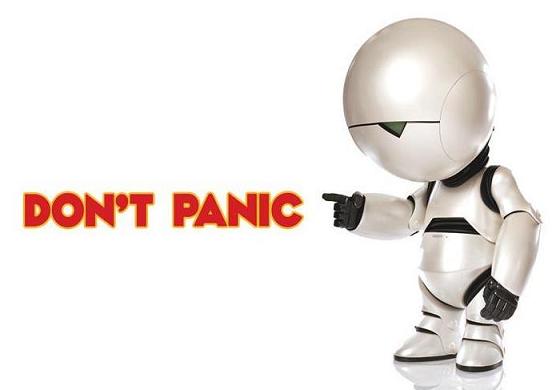Listen to the audio clip below and follow the script on the screen. As you do so, make notes on what you notice. Remeber the new key features you have just looked at as a class.
Some More Key Features:
Adjacency pairs: parallel
expressions used across the boundaries of individual speaking turns. They are
usually ritualistic and formulaic socially. For example: ‘How are you?’/ ’Fine
thanks’Hedge: words and phrases which
soften or weaken the force with which something is said – e.g. ‘perhaps’,
‘maybe’, ‘sort of’’, ‘possibly’, ‘I think’.
Idiolect: an individually
distinctive style of speaking
Interactional talk: language in
conversation used for interpersonal reasons and/or socialising
Non-fluency features: typical
and normal characteristics of spoken language that interrupt the ‘flow’ of
talk. Some examples: hesitations, false starts, fillers, repetitions [though
can be used for emphasis], overlaps and interruptions.
Paralinguistic features: related
to body language – it is the use of gestures, facial expressions + other
non-verbal elements [such as laughter] to add meaning to the speakers message
beyond the words being spoken
Phatic talk: conversational
utterances that have no concrete purpose other than to establish or maintain
personal relationships. It’s related to small talk – and follows traditional
patterns, with stock responses and formulaic expressions: ‘How are you?’ /
‘Fine’; ‘Cold, isn’t it?’ / ‘Freezing’
Transactional talk: language to
get things done or to transmit content or information [used when the
participants are exchanging goods and/or services]
Turn taking: a turn is a time
during which a single participant speaks, within a typical, orderly arrangement
in which participants speak with minimal overlap and gap between them. The
principal unit of description in conversational structure.
Utterance: an utterance is a
complete unit of talk, bounded by the speaker's silence.
Vague language: statements that
sound imprecise and unassertive. E.g. – ‘and so on’, ‘or whatever’,
‘thingummy’, ‘whatsit’
Key Questions:
Did you notice any of the newly learnt features or ones you already knew in the extract?
What are the differences between the two audio clips?
Comments away...




